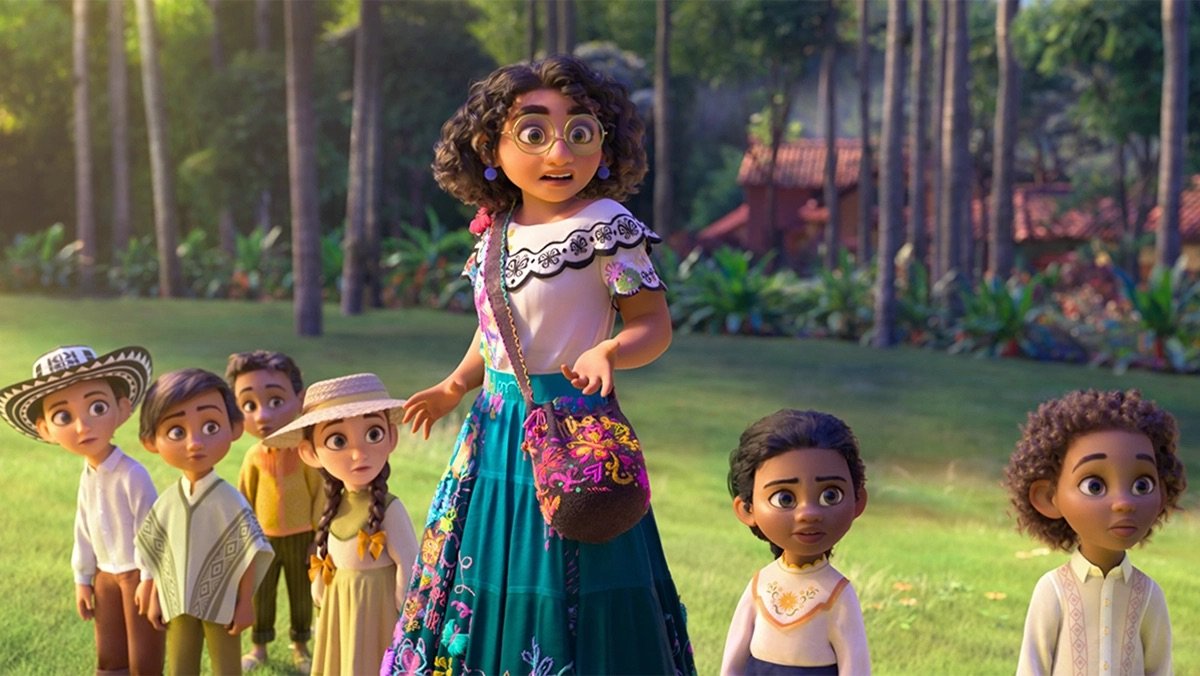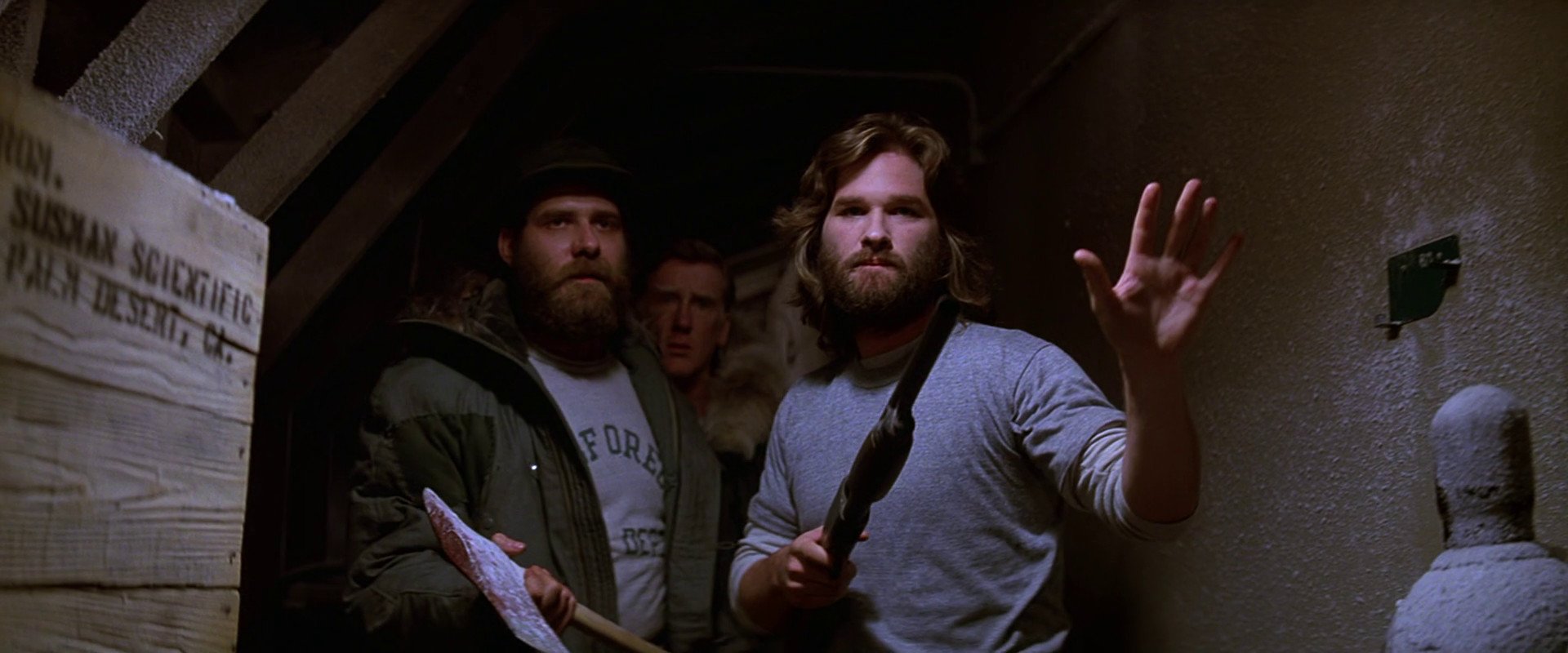The Marshal and the Contender: Allegories of HUAC in High Noon and On the Waterfront
“High Noon and On the Waterfront share similar themes of integrity, morality, corruption, and religion, as well as narrative structures emphasizing the collective cowardice of the bystander community—though they ultimately remain on opposing sides of their HUAC (House of Un-American Activities) allegories.”
Dogs in Danger: Analyzing the Crime Genre through Stray Dog and Dog Day Afternoon
"While individually reflecting the time and place in which each film was made, a look at the two films in tandem reveals how those differences, especially a shift in perceptions of law enforcement, have reevaluated the crime genre’s ending convention of “the bad guys always get caught” and cast it in a negative light."
Bidding Farewell to Sensationalist Dramas: Ushering In A Wave of Candid Television
The HBO procedural Mare of Easttown (2021) and teen drama Euphoria (2019-) exemplify how television strives to challenge escapist tendencies by offering authentic depictions of people within their respective scopes, yet, what separates the two shows is their varied approaches to crafting the dramatic story. While Mare of Easttown understands how everyday life and interpersonal relationships can be a fruitful source of drama, Euphoria makes a spectacle of trauma and relies heavily on shock value to elevate tension and suspense in its audience.
Tarantino’s Revolution of Necessary Violence On-Screen
Tarantino has stated in the past that violence in his movies adds even more depth to his stories and doesn’t find his usage of violence in his movies unnecessary. Whether film critics agree with his statement or not, it’s meaningful to note that Tarantino shifted the utilization of violence on the screen by integrating it as a vital part of the plot to help catalyze the story rather than just using it as a spectacle.
More Human than Human or More Replicant than Replicant?
In other words, Tyrell is arguably the only known human being that behaves like a replicant, whereas Roy is the only replicant that accomplishes the process of human transformation. Being on the conflicting side of opposing forces, both characters offer the audience a comprehensive view of their different paths that have been led by the choices they have made in their lives.
Technology and the Fear of the Familiar in Ringu
In terms of their usage in horror films, the technological aspects of the videotape and the telephone can be used to expose anxieties around the family unit and general modern connectivity. Ringu explores common fears surrounding the loss of control of one’s life and family at the hands of modern technology by combining supernatural horror tropes and the familiar to create an uncanny portrait of contemporary anxieties in an unexpected way.
Still Waiting (On a Miracle?): Off-Screen Misrepresentation in Encanto
No subject is off-limits when it comes to consumption. Latine culture and people, specifically, are marketed frequently because of their “vibrancy” and “colorfulness.” [...] Although on-screen Latine representation may be slowly improving in films like Encanto (2021), the lack of Latine creatives behind these stories must be addressed.
No Fighting in the War Room: Satire and Institutional Design in Dr. Strangelove
Throughout [Dr. Strangelove or: How I Learned to Stop Worrying and Love the Bomb] characters conflict, obey, interact with and embody their roles, in a way that is only narratively feasible through the implementation and address of governmental design, real or fictional. The looming presence of real institutions and real (albeit satirical) global threats in Dr. Strangelove only deepens its historical prescience and modern relevancy.
Octavia Spencer in Fruitvale Station: More Than a Performance
The film Fruitvale Station (2013), directed by Ryan Coogler, presents true story of the murder of Oscar Grant, which is then elevated by the compelling performances by its main cast. Octavia Spencer’s portrayal of Wanda, the mother of Oscar Grant, gives voice to the immensely harrowing pain and inequalities that thousands of parents of color in America face.
Speaking in Foreign Tongues: Nationally Anatopic Language in Cinema
This call for an expanded cultural palette is a sentiment that has created a tangible impact within both America’s film industry and its mainstream film-watching culture. In the past few years more American productions have embraced multilingualism, spurned both by a desire for cultural authenticity and a recognition of the changing tastes of audiences.
The Thing: Enduring Monstrosity
The horror genre thrives on limitations. Limitations may be economical, but they can also be thematic. Horror movies are explicitly meant to elicit one ultra-specific response from their audiences: fear. My favorite Carpenter film is his scariest, and no film has scared me like The Thing (Carpenter 1982). Imagination is something John Carpenter has never lacked. His version of the novella Who Goes There? would be radically different from the 1951 film, which meant that he’d have to stretch the limits of the silver screen further than audiences had ever seen before.











